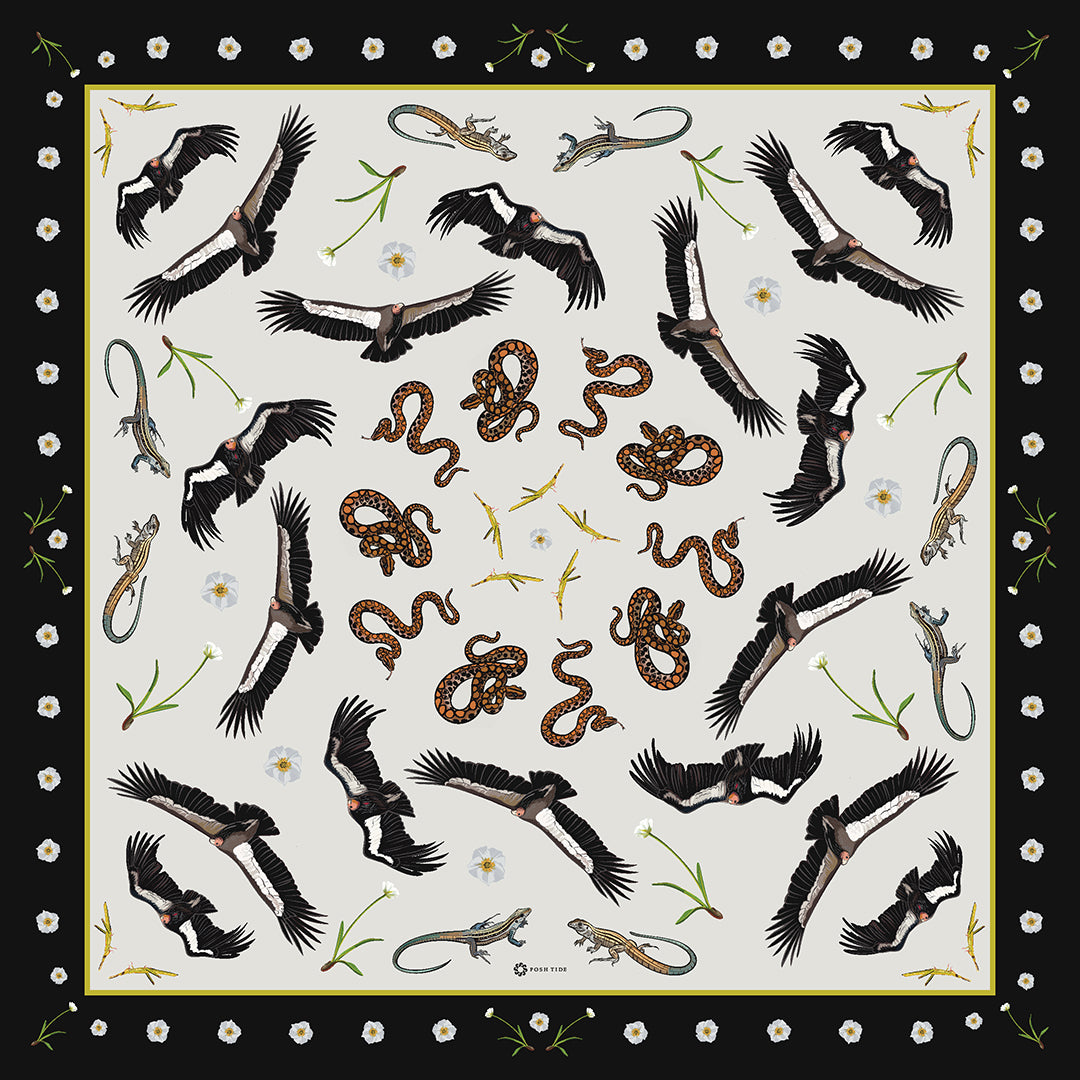
What is Parthenogenesis?
Share
If you've ever thought about how much the world would change if women could reproduce without men, I have news for you: it already has! Asexual reproduction is a fascinating phenomenon that's been observed in many species. But what does that entail exactly?
One form of asexual reproduction is called parthenogenesis. It happens when an egg develops into an embryo without being fertilized by a sperm cell. Let's dive into this rare biological phenomenon.
What exactly is asexual reproduction?
Parthenogenesis is a form of asexual reproduction, which means that it does not involve the fusion of gametes. In other words, there are no sperm involved. Instead, an unfertilized egg develops into an embryo, giving rise to offspring.
Parthenogenesis has several different types: parthenogamy (where fertilization occurs between two females), arrhenotokous parthenogenesis (where unfertilized eggs turn into males), and apomictic parthenogenesis (where the egg develops without being fertilized).
The first female asexual reproduction was discovered in turkeys.
One of the first instances of asexual reproduction was discovered in turkeys by a scientist named Waldeyer in 1878. He found that a hen had laid an egg without having mated, and it was only later discovered that this was because she had started to produce her own sperm.

This is parthenogenesis, which means “virgin birth” in Greek!
Parthenogenesis has been observed across the animal kingdom—in some species, it can be their only means of reproducing—though there are some examples where animals can switch between sexual and asexual reproduction depending on the situation or environment they find themselves in.
What is the difference between cloning and parthenogenesis?
Parthenogenesis is not the same as cloning. Cloning is an asexual method in which an individual makes an exact genetic copy of itself. Parthenogenesis relies on mitosis (a normal process in which cells divide), while cloning uses DNA replication to make an exact copy of another organism's nuclear genome.
Parthenogenesis has been observed in over 70 species and is a fascinating phenomenon. There is a lot of research being done on its unique reproductive mechanism.
Parthenogenesis is fascinating.
Parthenogenesis is a natural process many plants and animals use to reproduce. It has been documented in several species of reptiles, amphibians, insects, and arachnids. In fact, one type of lizard called the whiptail alligator lizard (genus Cnemidophorus), can reproduce exclusively by parthenogenesis; their eggs develop into females who themselves can then produce offspring with no involvement from males whatsoever!

It is an amazing alternative reproductive strategy for organisms that are unable to find mates or reproduce through normal sexual reproduction due to infertility or for some other reason.
